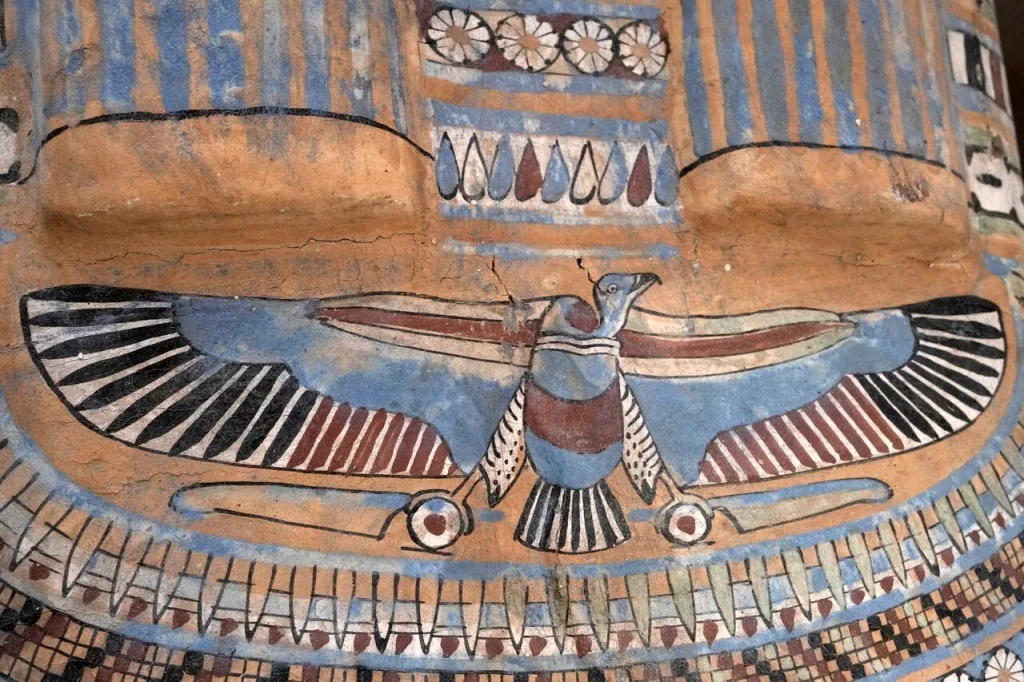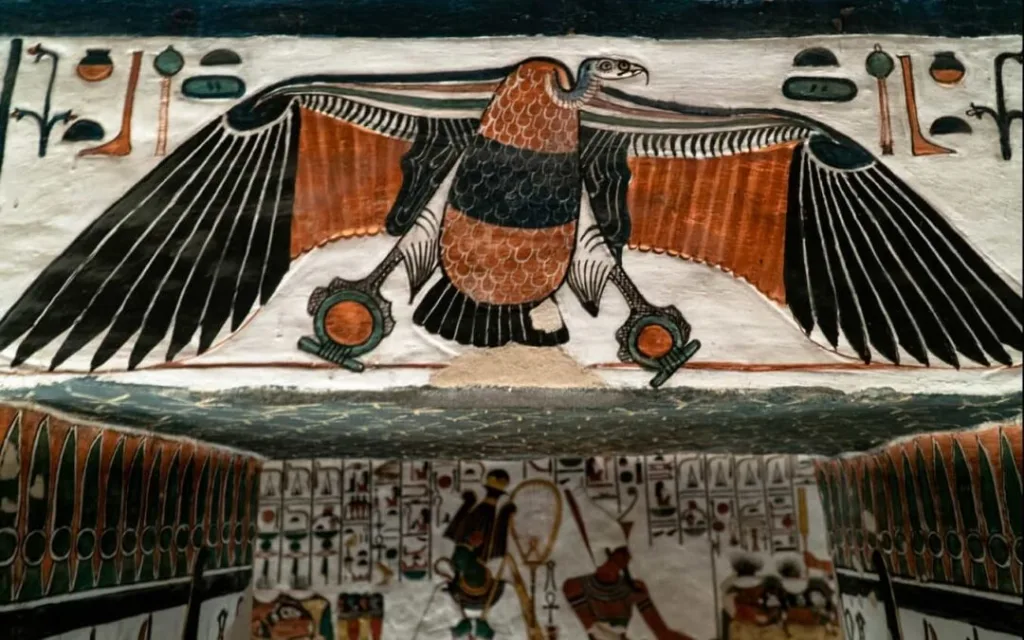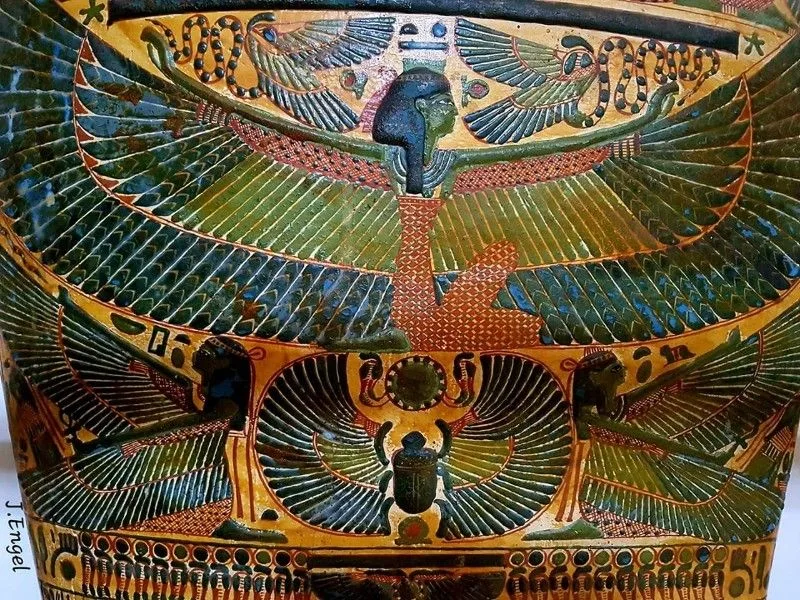The ancient Egyptians observed all the creatures around them, including birds, both in the sky and on the ground, and learned from their behavior and characteristics. They believed that each creature played a specific role, and each creature played a different role in life or in the afterlife. Such a bird was responsible for its role in life or in the afterlife. The ancient Egyptians photographed many types of birds, both migratory and resident. The first bird observer in the world was the ancient Egyptian, and indeed the first wildlife photographer in the world. He photographed birds with his own eyes, memorized the images, and printed them on the walls of temples and tombs. The ancient Egyptians knew many types of birds, some of which were used in the letters of the ancient Egyptian language. For example, the first letter is the Egyptian vulture, which is also called the Egyptian vulture, even in any other country.
The Egyptians considered the owl, and the quail were also birds.
They even depicted the human soul in the form of a human face with the body of a bird, because, from his perspective, the human soul flies to the sky.
Other birds were observed, engraved, drawn, and colored, such as the ibis, falcon, kite, and eagle.
One of the most famous of these birds is the hoopoe. Hoopoes are often depicted and engraved on walls, especially in the tombs of nobles in Saqqara, Giza. Sometimes, they appear, held by a child, the son of a nobleman.

A wonderful colored drawing of them can be found in the tomb of Mayor Khnumhotep II in the Beti Hassan area of Minya, dating back to the Middle Kingdom. The hoopoe is distinguished by building its nest in a high, elevated position, in a burrow in a tree. This burrow is deep and inward, preventing any predator or malicious snake from entering to eat the young. The hoopoe’s long, trained beak is a watchful eye for predators, as the hoopoe has a long beak that can attack snakes.
Even immature young hoopoes can defend themselves independently, even relying on their parents due to the length of their beak. In addition, the hoopoe secretes a substance from its body that it sprays in the nest and on the eggs. This substance has a foul odor that no malicious intruder can tolerate, prompting it to leave the area immediately.

Also, the ancient Egyptians noticed the famous crown of feathers atop the hoopoe’s head. Every person of high status and position would wear a crown on their head, representing that person’s status and position. The hoopoe symbolized protection because it protected young children from evil spirits and predators who might pose a threat to the child, even in the absence of their parents, whether in their lifetime, in their graves, or underground, as it senses the presence of harmful worms underground. It also encouraged children to have ambition and a goal to attain a high position in their lives. The hoopoe is found in green areas and fields, and in most Egyptian cities.

It is a resident bird. The male searches for a worm and presents it to the female. If she accepts it, it signifies that she has accepted his marriage. This became the method of acquaintance between the male and female. After that, they built their nest. If she refuses, he searches for another female. The hoopoe is a loyal bird to its mate and knows no other female besides himself, thus becoming a symbol of nobility and loyalty.
